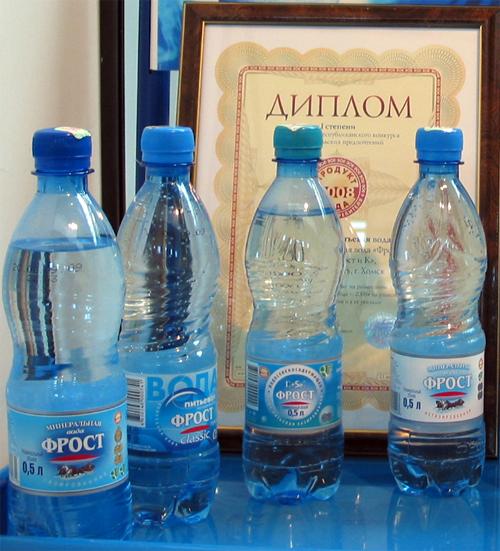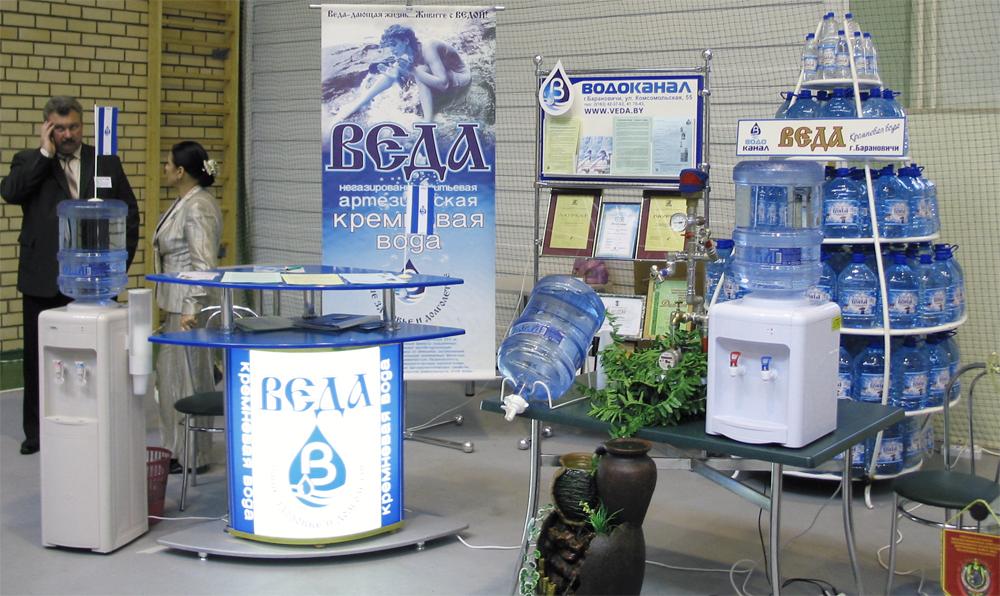Is tap water safe to drink? Quality control and health safety.
Is the Water from Our Tap Drinkable?
 Water is the greatest treasure, without which life on our planet is impossible. Only by experiencing a waterless desert or a long sea voyage, and acutely feeling the shortage of drinking water, does a person realize the significance of these words. We, accustomed to an abundance of water and cool streams flowing from our taps, have sometimes underestimated this vital resource. That was until recently, but now the situation with drinking water and our attitude toward it has radically changed. Why is the delivery of drinking water becoming more and more in demand every year? Why are modern people dissatisfied with ordinary tap water?
Water is the greatest treasure, without which life on our planet is impossible. Only by experiencing a waterless desert or a long sea voyage, and acutely feeling the shortage of drinking water, does a person realize the significance of these words. We, accustomed to an abundance of water and cool streams flowing from our taps, have sometimes underestimated this vital resource. That was until recently, but now the situation with drinking water and our attitude toward it has radically changed. Why is the delivery of drinking water becoming more and more in demand every year? Why are modern people dissatisfied with ordinary tap water?First of all, it should be said that calling water from the municipal water supply "drinking water" is quite conditional. Even after passing through the necessary purification stages, it still does not meet modern standards for drinking water. Clear evidence of this can be seen in the scale that settles on the walls of dishes during boiling, the suspiciously cloudy color of tea brewed with it, the sediment in the form of slime, and so on. Substances present in tap water accumulate in the human body over many years, which often cannot eliminate them, resulting in various chronic illnesses. The urinary system is the first to suffer, as it bears the greatest load. Doctors worldwide already agree that maintaining health and preventing premature aging of the body is possible if one consumes only high-quality drinking water in sufficient amounts. The daily water consumption norm for an adult is at least 40 ml per kilogram of body weight.
Caring for their health, many companies and private individuals install a water cooler (also known as a water dispenser) in offices or homes, equipped with functions such as heating, cooling, carbonation, and filtration. All coolers are compatible with standard bottles of 3, 5, or 6 gallons, which correspond to 11, 19, or 22.5 liters. At home, one such unit is sufficient for a family. As for a large office or production facility, the number of coolers, as well as the schedule and volume of water delivery, is determined based on the number of employees and possible outside visitors.
Companies engaged in the production and delivery of drinking water often also offer mineral water. In terms of mineral water consumption, European countries hold the record, but Russia is confidently catching up. Mineral water is much tastier and healthier, though also somewhat more expensive. Its cost depends directly on whether it is taken from natural sources or produced by adding minerals to purified tap water. Needless to say, mineral water extracted in the Caucasus and then transported to Moscow cannot be cheap.
